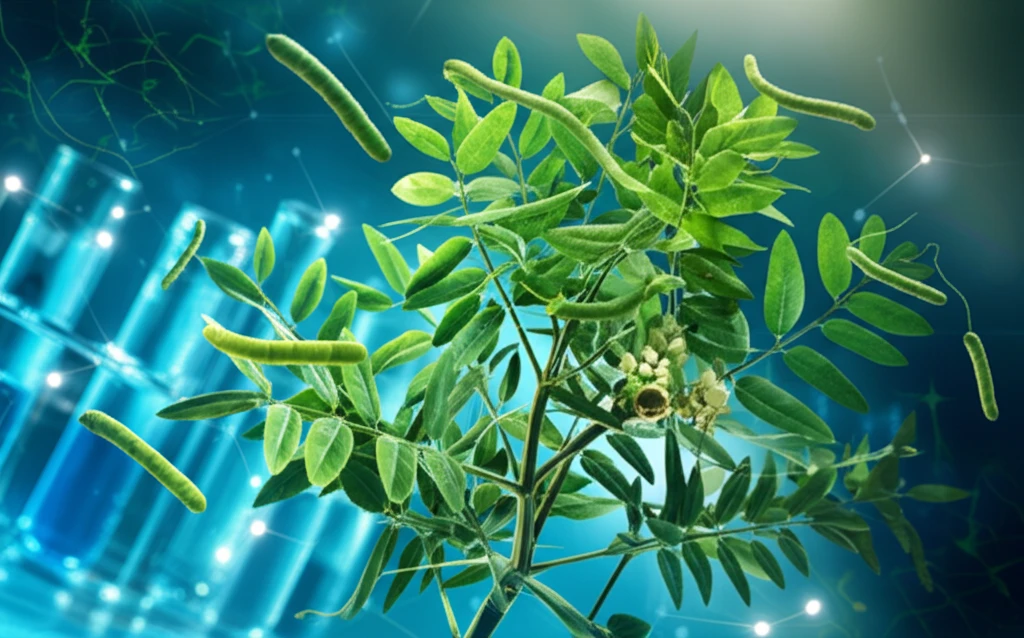
Unlocking Nature's Pharmacy: How Traditional Remedies Could Combat Parasites
"Scientists explore the anthelmintic potential of Warburgia ugandensis, offering new hope in the fight against drug-resistant parasites."
Parasitic infections continue to pose significant challenges to human and animal health worldwide, impacting both well-being and economic stability. The rise of drug-resistant parasites has created an urgent need for innovative treatment strategies that go beyond conventional medications.
Traditional medicine offers a rich source of potential drug candidates, with many cultures relying on plants for their therapeutic properties for centuries. Scientists are now exploring the vast library of traditional remedies, seeking to identify and isolate compounds that can effectively combat parasitic infections.
One such plant is Warburgia ugandensis, a medicinal plant traditionally used in Africa to treat various ailments, including parasitic infections. Recent research has focused on unlocking the secrets of this plant, investigating its anthelmintic properties and identifying the active compounds responsible for its therapeutic effects.
Warburgia ugandensis: A Promising Source of Anthelmintic Compounds?

A recent study published in the International Journal for Parasitology delved into the anthelmintic potential of Warburgia ugandensis, a plant traditionally used in African medicine. Researchers employed a bioassay-guided approach, using Caenorhabditis elegans, a nematode worm, as a model organism to identify active compounds within the plant.
- Warburganal: Exhibited significant anthelmintic activity, disrupting the physiology of parasitic worms.
- Polygodial: Another potent compound, known for its ability to interfere with the nervous system and cellular functions of parasites.
- Alpha-linolenic acid (ALA): A fatty acid that contributed to the overall anthelmintic effect, potentially disrupting the parasites' cell membranes.
Future Directions: From Traditional Remedy to Novel Drug?
The discovery of warburganal, polygodial, and ALA as active anthelmintic compounds in Warburgia ugandensis represents a significant step forward in the search for new treatments against parasitic infections. Further research is needed to fully understand their mechanisms of action, optimize their efficacy, and ensure their safety for human and animal use. However, this study provides a compelling case for the continued exploration of traditional medicine as a source of innovative solutions to combat drug-resistant parasites and improve global health.
